Modern cities often hide secrets beneath their streets – entire communities, frozen in time, waiting to be discovered. These underground layers tell fascinating stories of how cities evolved, rebuilt, and reinvented themselves over centuries. Some of these buried worlds remain accessible today, offering visitors a chance to travel through time by descending beneath modern streets.
Let’s venture into these urban layers where past and present merge, revealing how cities grew vertically as well as horizontally. Each underground level holds clues about how our ancestors lived, worked, and adapted to changing times.
Rome, Italy
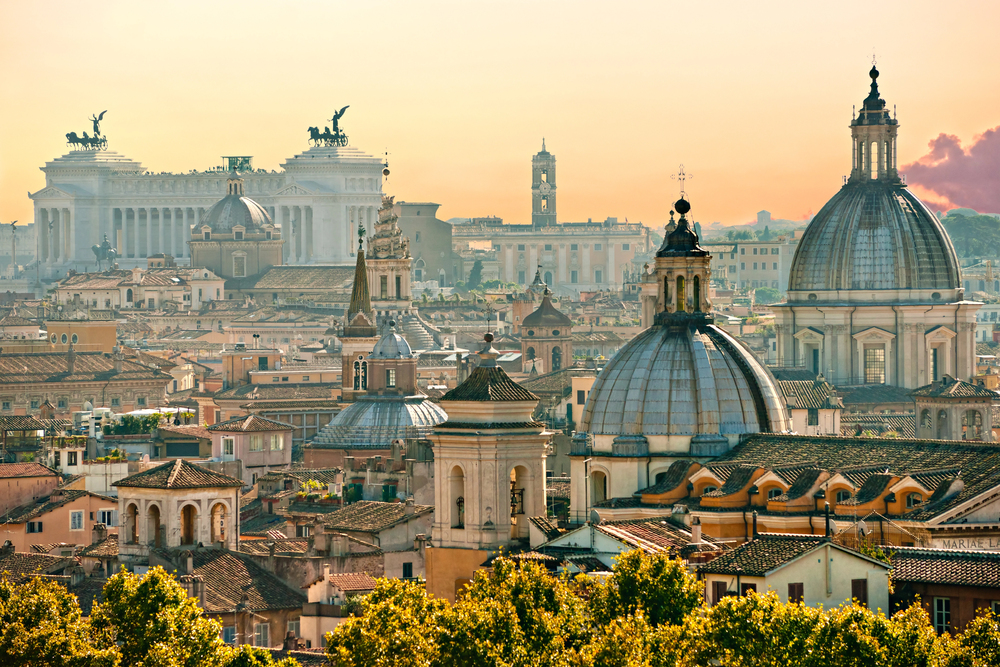
The Eternal City sits atop layer upon layer of its former self. Visitors can descend into San Clemente Basilica, where three distinct levels span two thousand years.
The lowest floor reveals ancient Roman homes and a Mithraic temple, while medieval frescoes decorate the middle level. Tour guides carry special keys that unlock hidden passages between layers while temperature changes mark your journey through time.
Edinburgh, Scotland
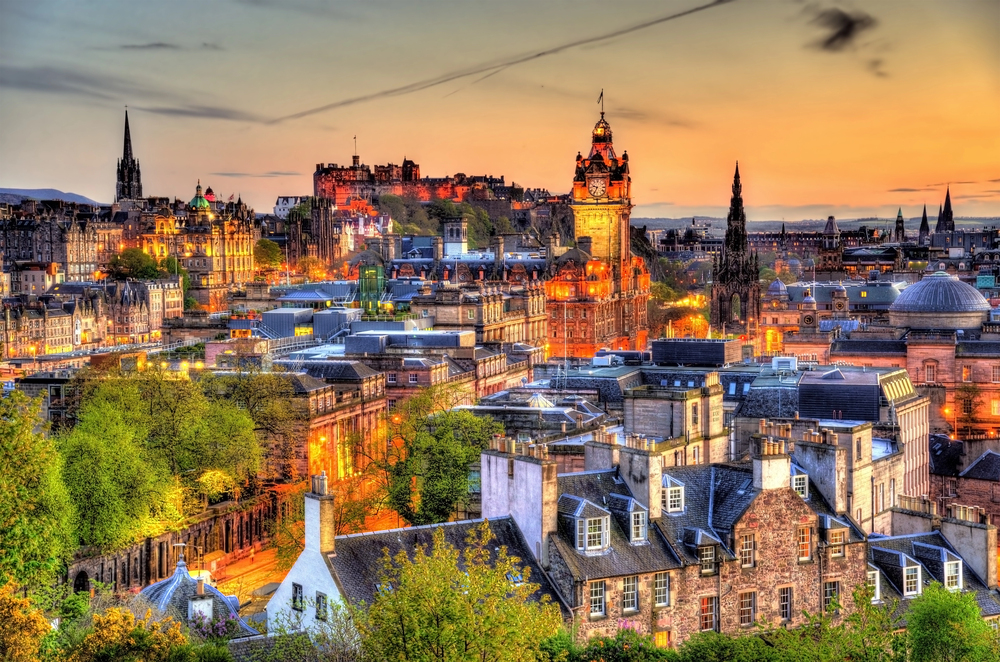
The famous Royal Mile sits above a network of underground streets called the Real Mary King’s Close. These preserved 17th-century alleys tell stories of plague outbreaks and urban development.
Local guides dress in period costumes to lead visitors through narrow passages where families once lived and worked. Some shops above ground still have access to their original basement levels through hidden trapdoors.
Like Travel Pug’s content? Follow us on MSN.
Istanbul, Turkey
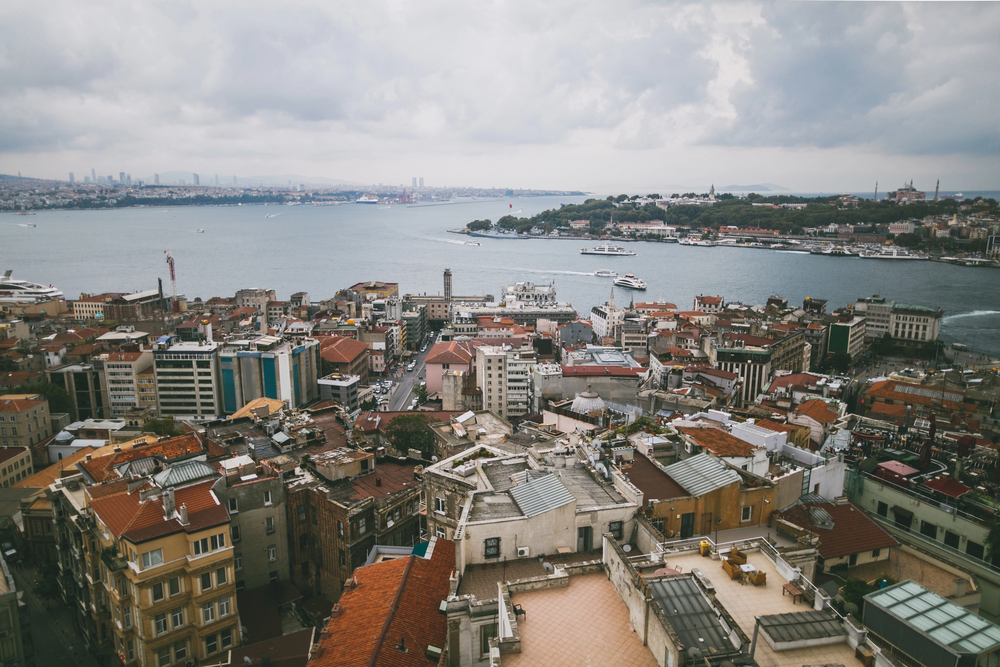
The Basilica Cistern reveals an underground wonder beneath bustling streets. Ancient columns, some stolen from earlier temples, support vast water storage chambers where fish still swim.
Tour boats drift silently through illuminated passages while visitors search for famous Medusa head pillars. Local cafes sometimes feature glass floors showing Byzantine remains in their basements.
Mexico City, Mexico
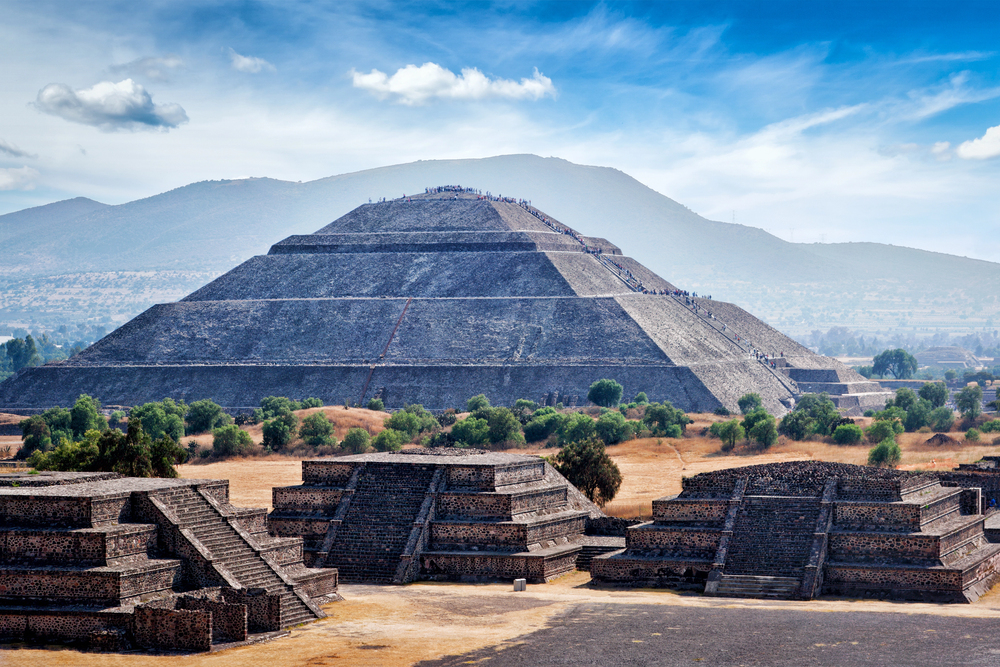
Built atop the Aztec capital Tenochtitlan, layers of history emerge with each new construction project. The Templo Mayor site shows how Spanish churches were built directly on native temples.
Subway workers regularly uncover ancient artifacts, while some stations display archaeological finds behind glass walls. Museum guides point out how lake waters once flowed where modern streets now run.
Plovdiv, Bulgaria
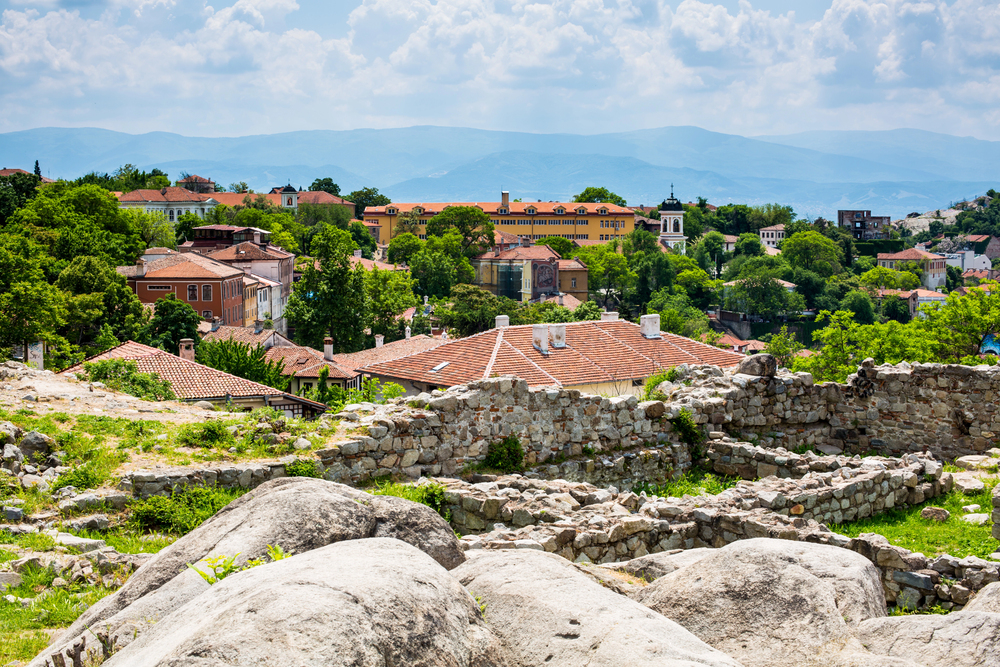
Roman amphitheaters and medieval churches peek through the layers of this ancient city. Underground passages connect preserved homes from different eras, while some restaurants incorporate ancient walls into their dining rooms.
Local archaeologists offer specialized tours showing how eight civilizations built upon each other. Street musicians sometimes perform in exposed Roman tunnels for unique acoustics.
Like Travel Pug’s content? Follow us on MSN.
Seattle, USA
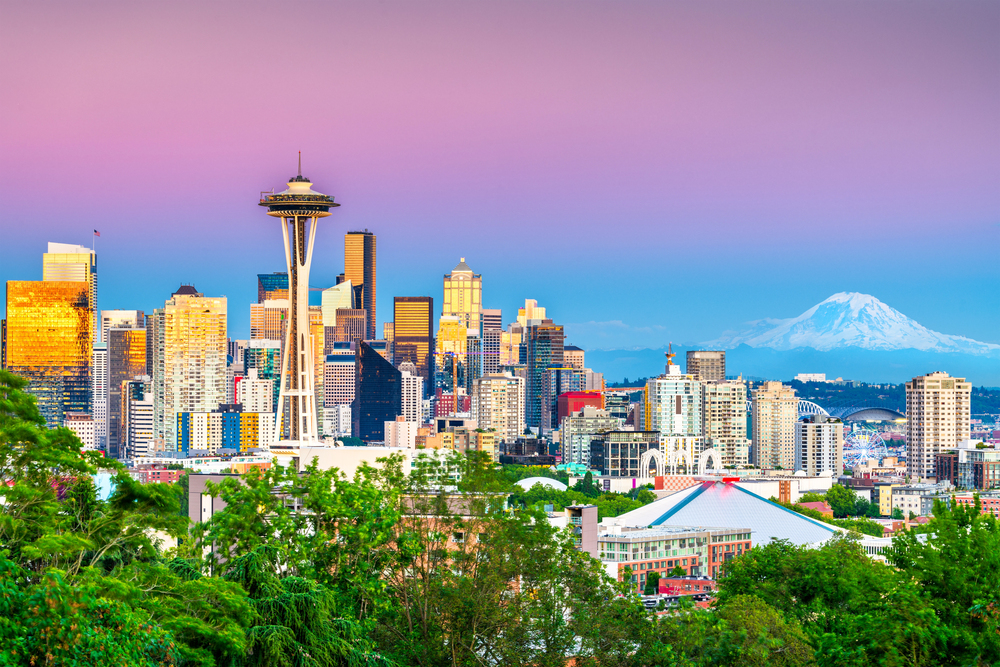
The Great Fire of 1889 led to the rebuilding of the city one story higher, creating an underground network of former streets. The famous Underground Tour takes visitors through preserved shop fronts and sidewalks beneath modern roads.
Some businesses still use original skylights set into present-day sidewalks. Old bank vaults remain locked in underground chambers, their combinations long forgotten.
Thessaloniki, Greece
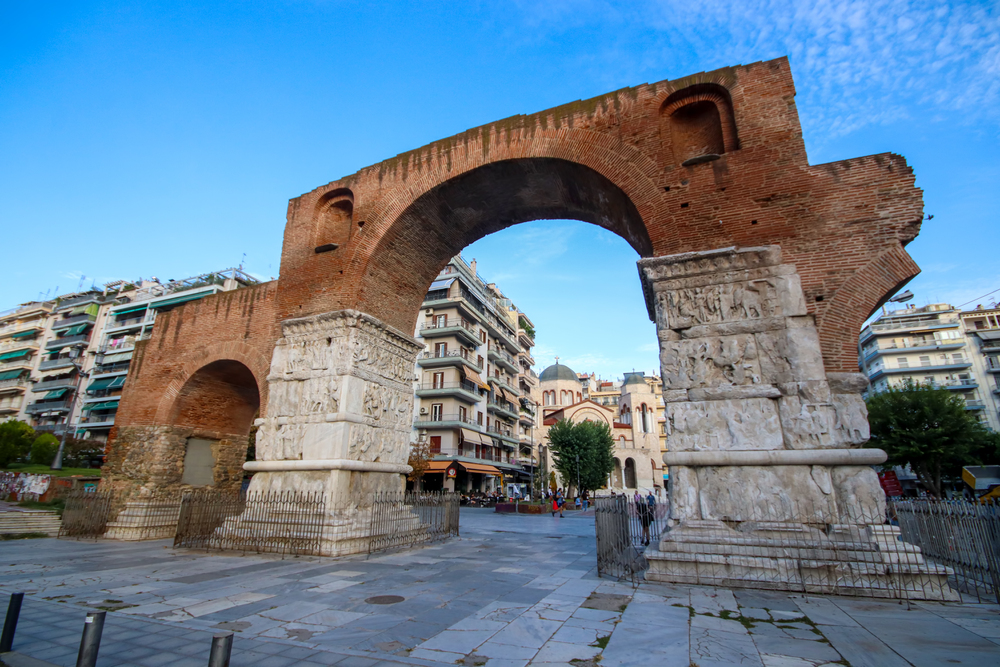
Ancient agoras and crypts lie beneath modern shopping districts. The Yeni Hamam bathhouse complex reveals layers from the Roman, Byzantine, and Ottoman periods.
Metro station excavations turned into mini-museums displaying artifacts from different eras. Some cafe owners guide customers through ancient columns found during renovation work in their basements.
Beijing, China
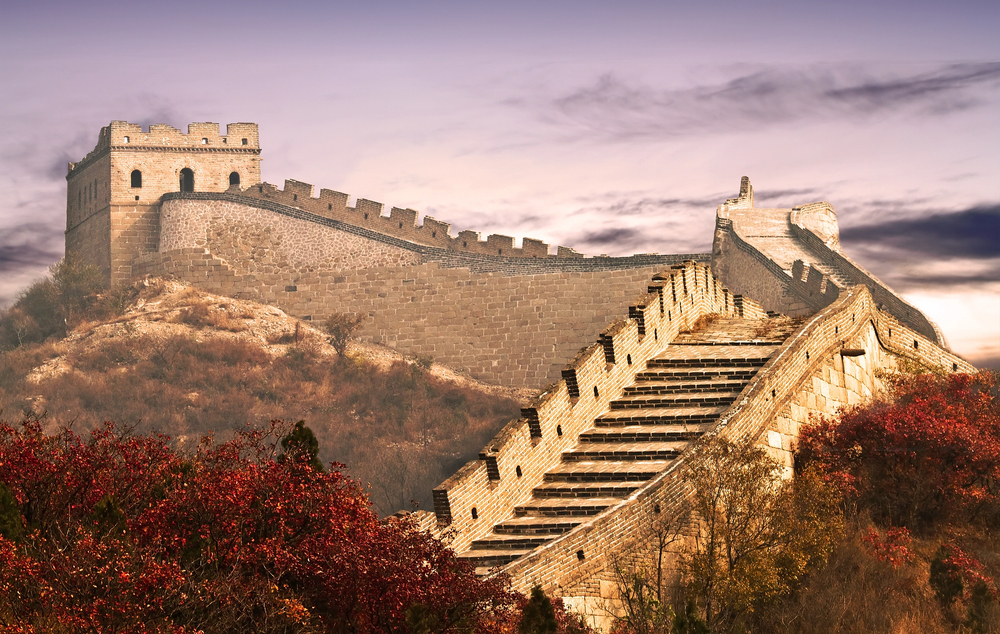
Hutong neighborhoods sit above older Imperial city layers, while underground bunkers from the Cold War create another level. Traditional courtyard houses sometimes reveal Ming Dynasty foundations during repairs.
Tour groups explore preserved air raid shelters that once could hold thousands. Local historians map ancient waterways that still flow beneath modern streets.
Like Travel Pug’s content? Follow us on MSN.
Naples, Italy
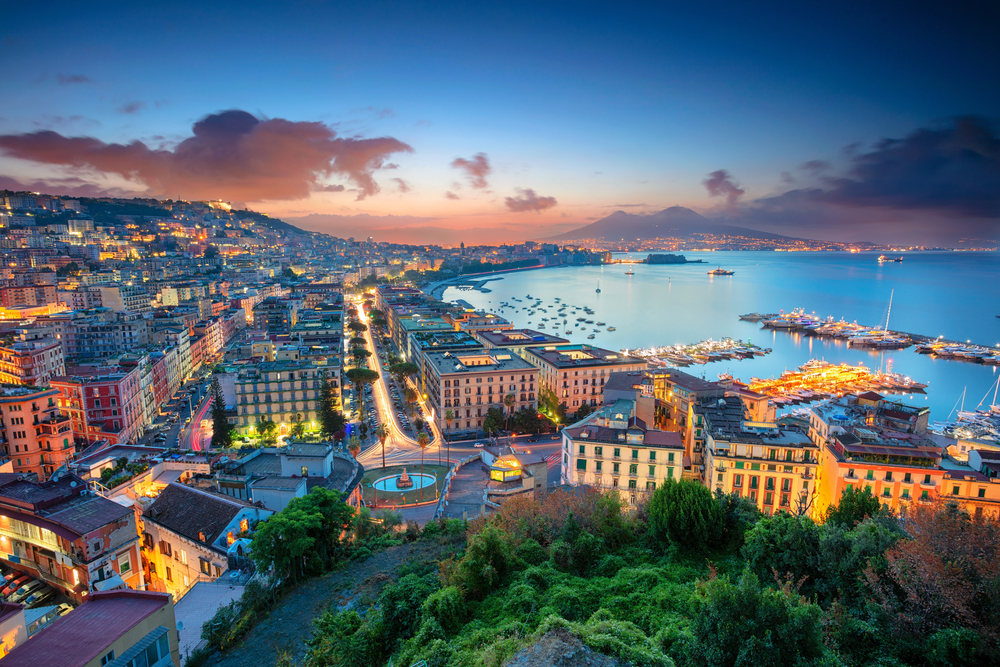
The city’s famous underground spans Greek, Roman, and World War II layers. Ancient aqueducts serve as modern subway tunnels, while wartime shelters display citizens’ drawings from air raids.
Expert spelunkers lead tours through narrow passages connecting different time periods. Some residents access their basements through trapdoors leading to Roman markets.
Montreal, Canada
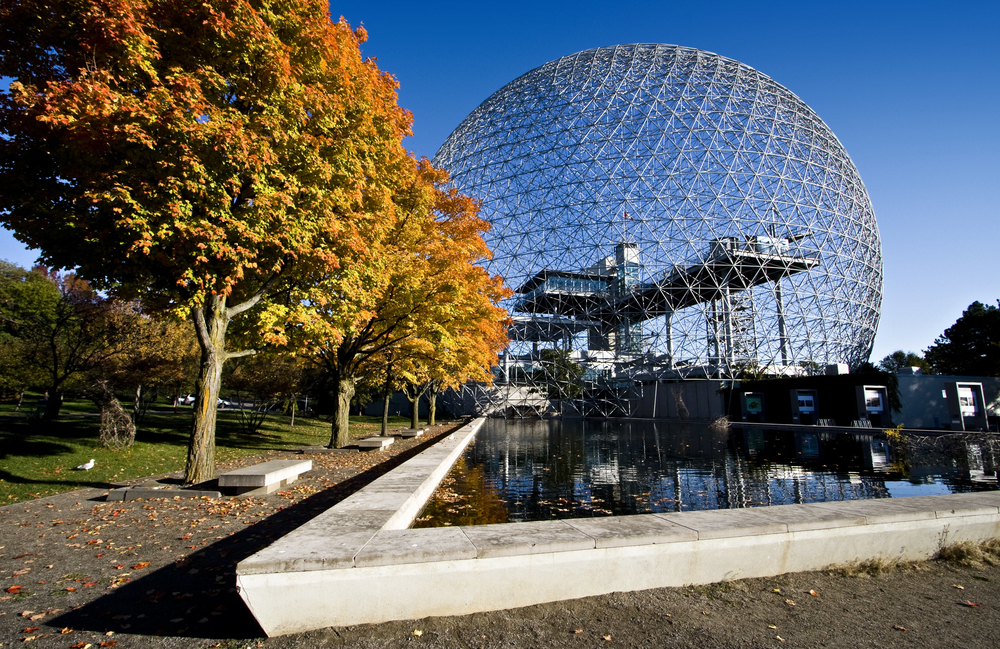
The RÉSO underground city began as a practical solution to harsh winters but revealed historical layers during construction. Connected basement shopping areas incorporate old bank vaults and railway tunnels.
Winter tourists explore 20 miles of climate-controlled passages linking historical sites. Underground art installations mark spots where important buildings once stood.
Lisbon, Portugal
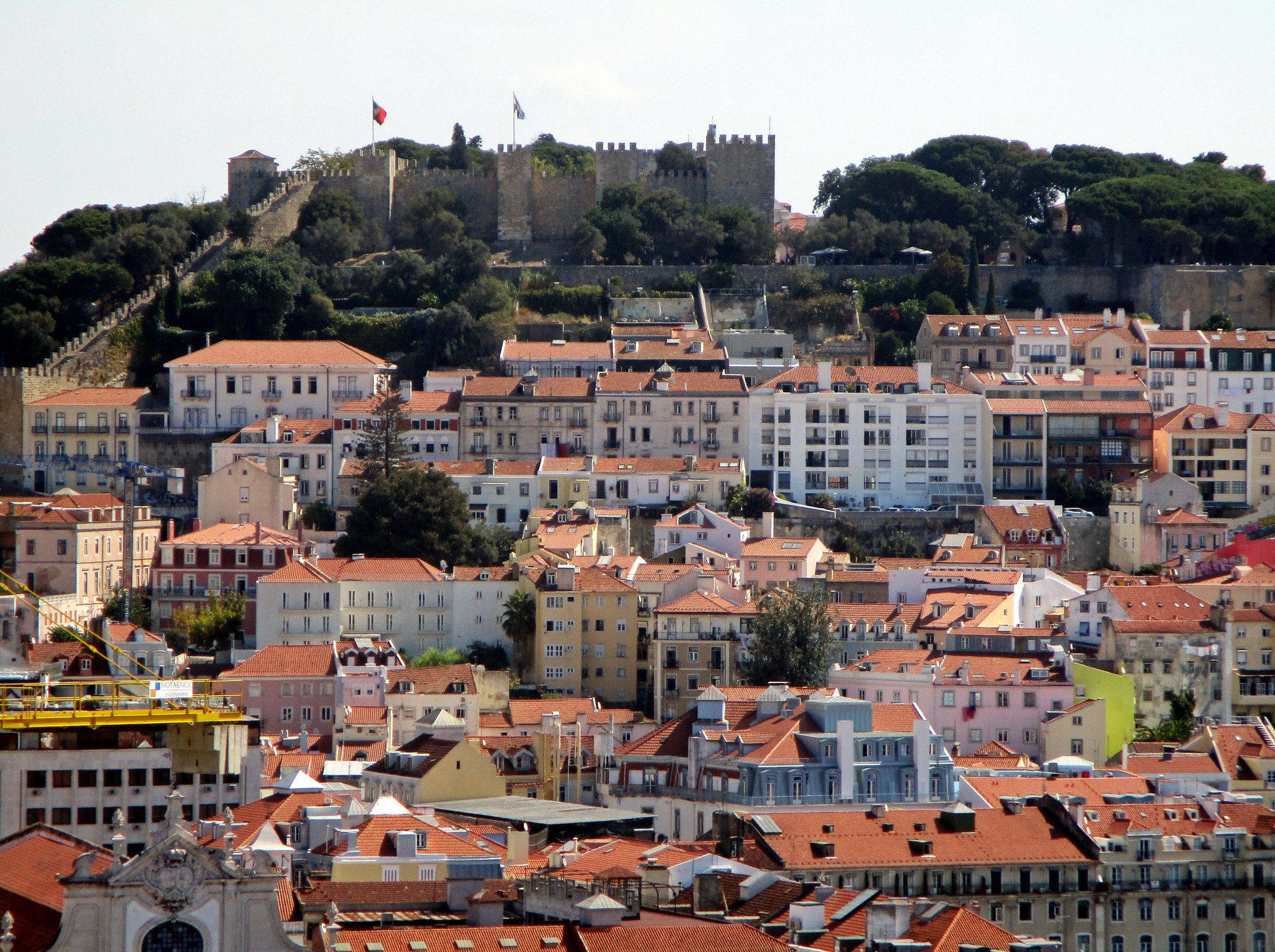
The 1755 earthquake burial layer sits beneath rebuilt streets, revealed during recent subway expansions. The Núcleo Arqueológico museum shows Roman fish-sauce factories under a modern bank building.
Tour guides share stories of how residents used buried ruins as foundations for new buildings. Some restaurants feature glass floors displaying earthquake debris layers beneath dining tables.
Like Travel Pug’s content? Follow us on MSN.
Portland, Oregon
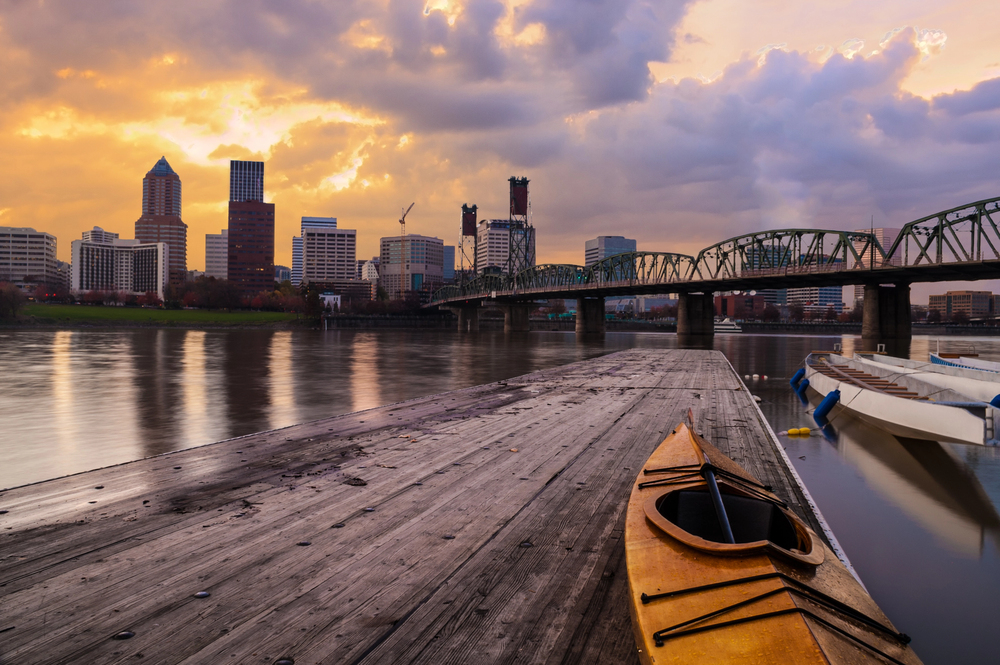
The Shanghai Tunnels tell stories of the city’s darker past beneath historic buildings. Underground passages once connected hotels to the waterfront, while some basements still have trap doors from prohibition days.
Local historians lead lantern-lit tours through preserved sections of the network. Business owners occasionally find forgotten entrances during renovations.
Chicago, Illinois
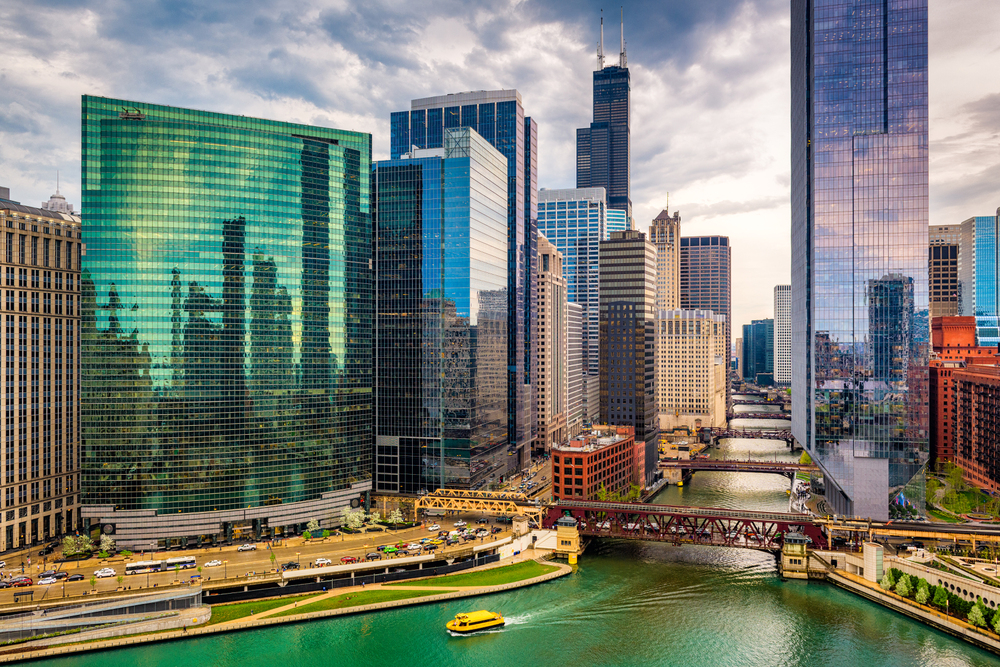
Lower street levels from the 1850s remain beneath modern sidewalks, accessed through hidden stairways. The Pedway system incorporates old freight tunnels and prohibition-era passages into its network.
Underground walking tours show how the city literally raised itself out of the mud. Some buildings still use original hydraulic lifts to access different street levels.
Moscow, Russia
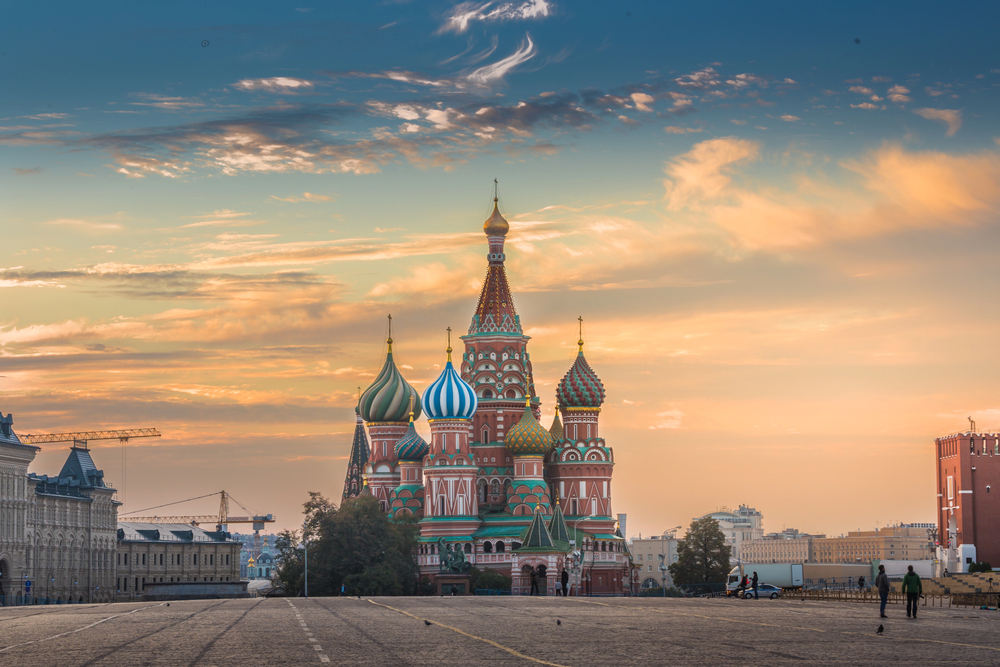
Metro stations double as museums of Soviet architecture above secret bunkers and older city layers. The Crystaline cellar network connects historical buildings through underground passages.
Special permits allow visitors to explore preserved Cold War command centers. Local guides know which station walls hide entrances to deeper levels.
Like Travel Pug’s content? Follow us on MSN.
Jerusalem, Israel
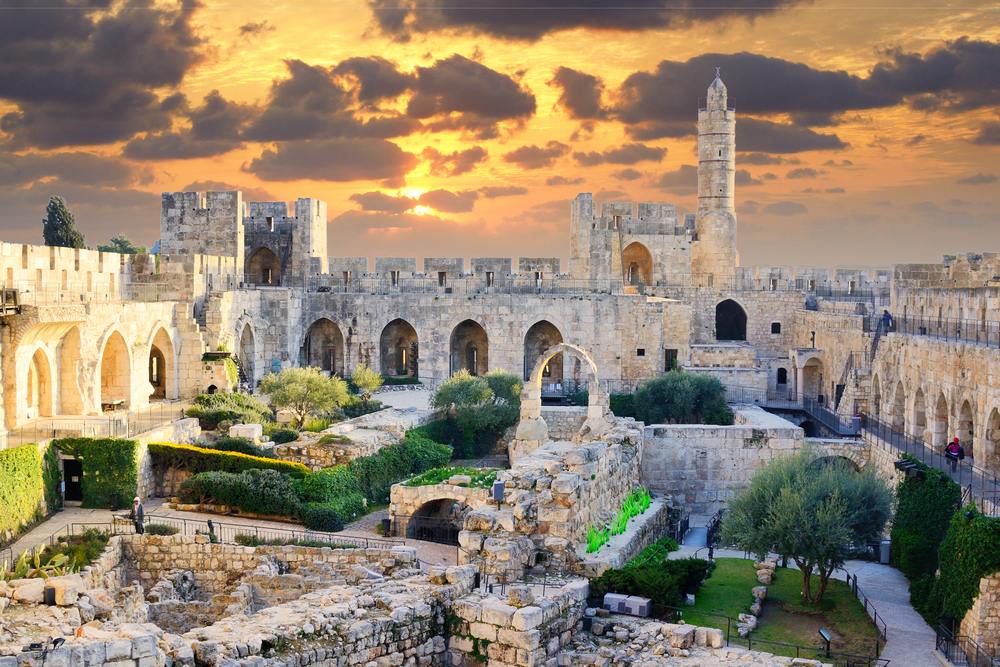
The Western Wall Tunnels reveal twenty centuries of urban development beneath the Old City. Archaeological excavations show Herodian streets under medieval markets, while water cisterns connect different periods.
Some residents enter their homes through doors built in the Crusader era. Tour guides point out ancient shop signs still visible on buried walls.
Athens, Greece
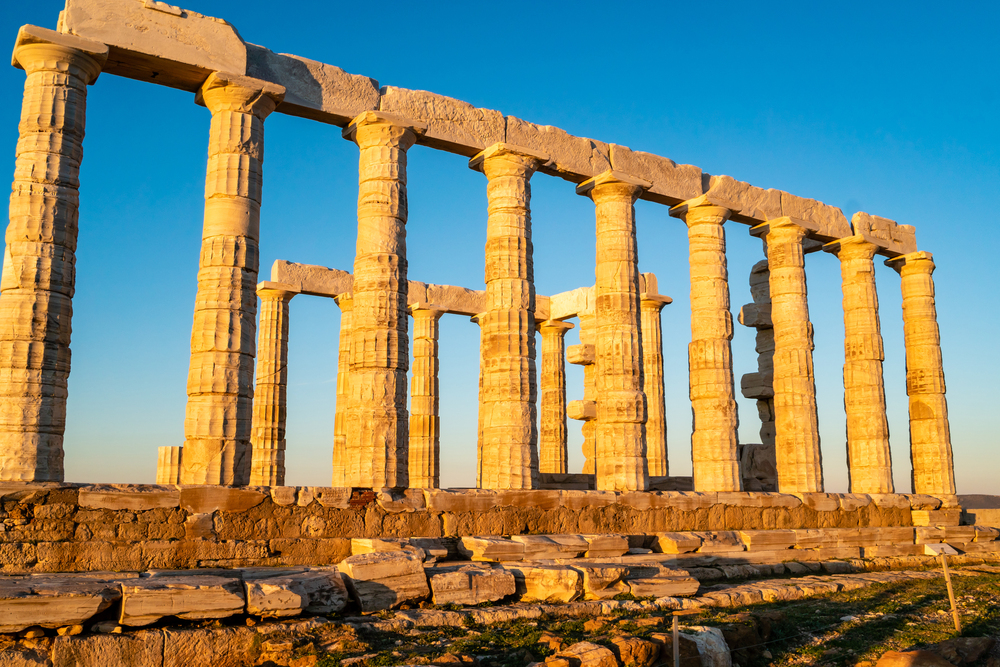
Metro stations display ancient roads and water systems uncovered during construction. The Monastiraki Square excavations show layer upon layer of continuous urban life.
Some tavernas incorporate archaeological sites into their dining rooms, protecting them with glass floors. Local archaeologists regularly update underground maps as discoveries emerge.
Paris, France
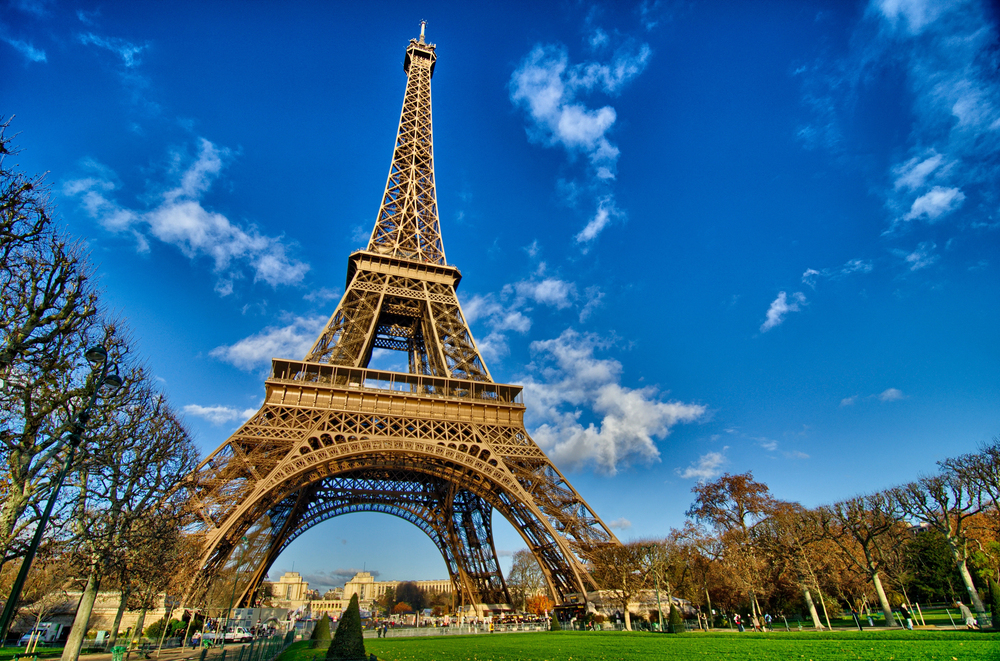
The famous catacombs represent just one level of the city’s underground world. Ancient quarries became secret meeting places, while some Metro stations connected to forgotten bomb shelters.
Special cataphile groups explore unmapped tunnels with historical significance. Some cafes in the Latin Quarter still use medieval cellars for wine storage.
Like Travel Pug’s content? Follow us on MSN.
Derinkuyu, Turkey
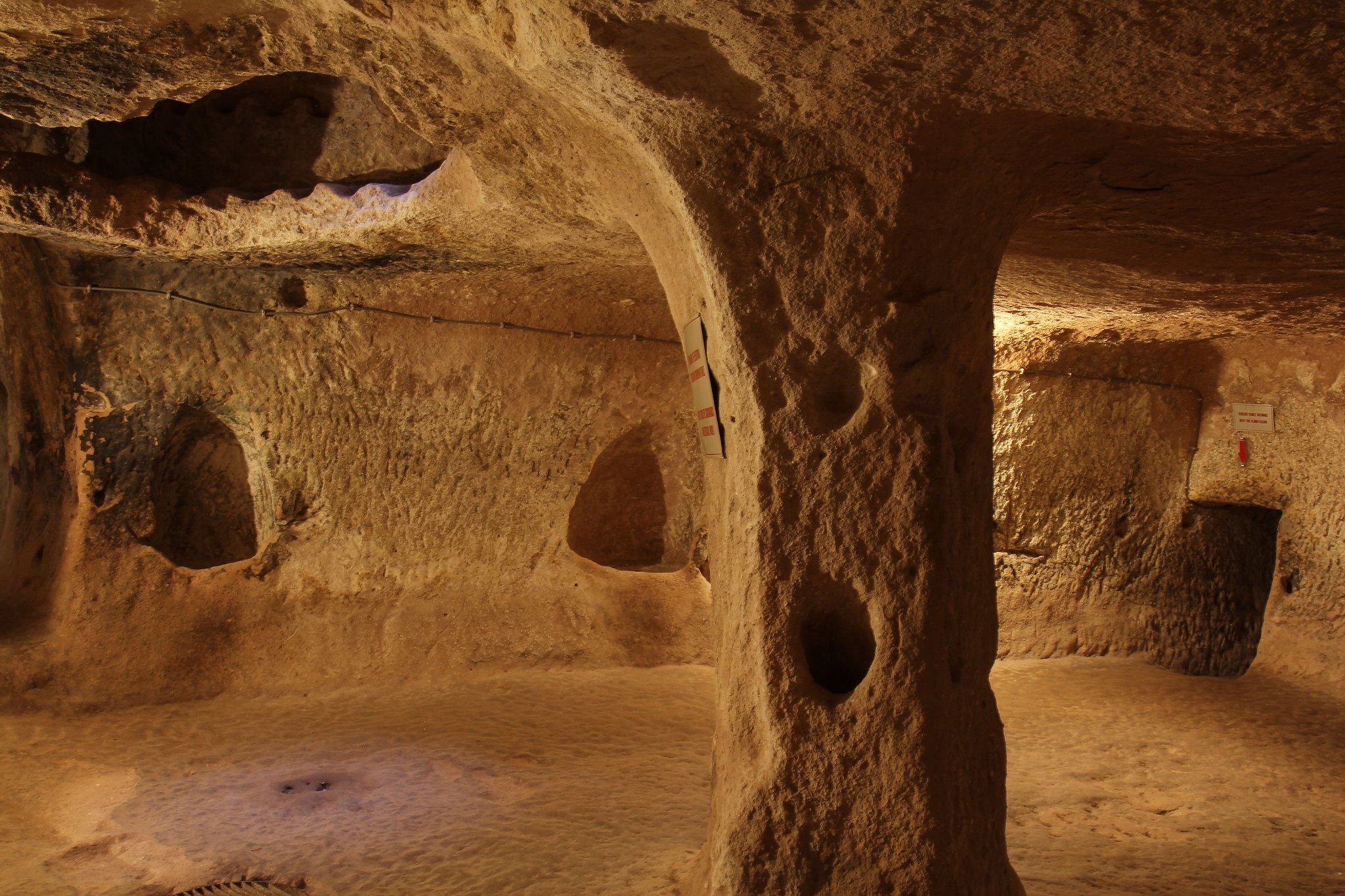
This Cappadocian city descends eighteen levels underground, with ancient ventilation shafts still bringing fresh air to the lowest floors. Different religious groups added their own spaces over centuries, creating a vertical timeline of civilization.
Local families maintain traditional knowledge about hidden connecting passages. Tour guides demonstrate ancient security systems that still function.
Petra, Jordan
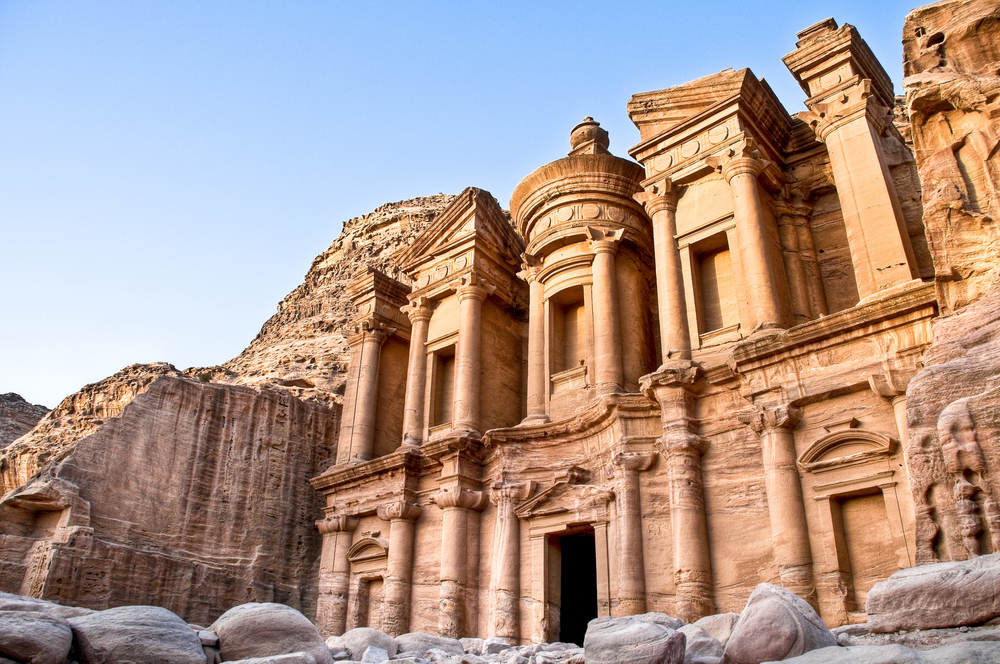
Recent excavations reveal entire levels of the rock-cut city hidden beneath visible structures. Underground cisterns and tunnels connect different sectors of the ancient metropolis.
Some Bedouin guides share family traditions about secret chambers not yet found by archaeologists. Water still flows through ancient channels beneath the tourist pathways.
Liverpool, England
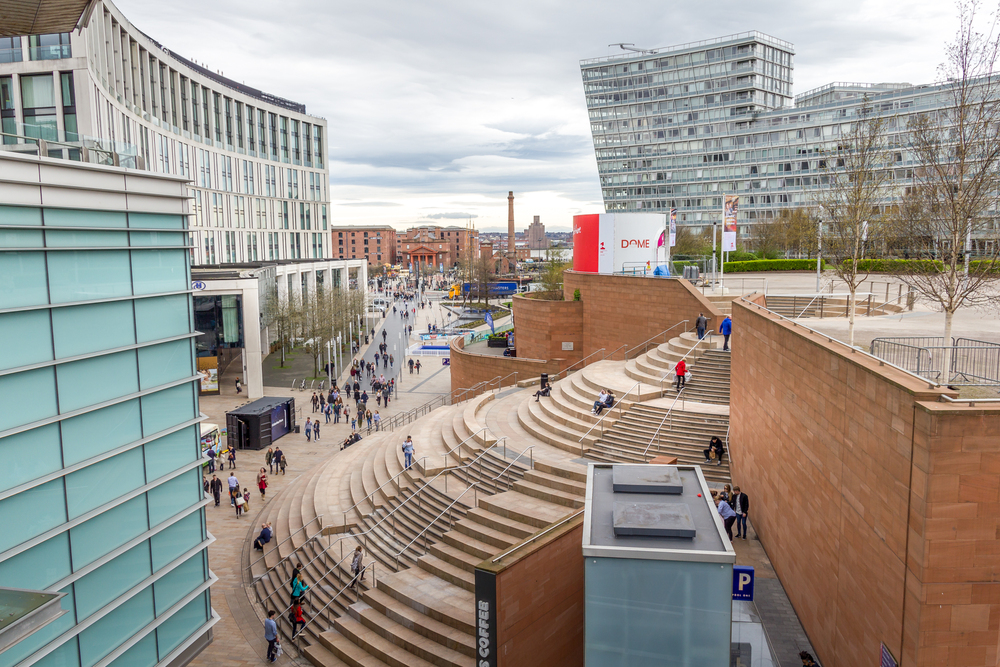
The Williamson Tunnels form a mysterious network beneath the city, built by an eccentric businessman in the 1800s. Victorian cellars connect to older merchant warehouses, while World War II shelters add another layer.
Some pubs maintain access to underground streets through original staircases. Local history groups continue mapping new passages during weekend excavations.
Like Travel Pug’s content? Follow us on MSN.
Time Beneath Our Feet
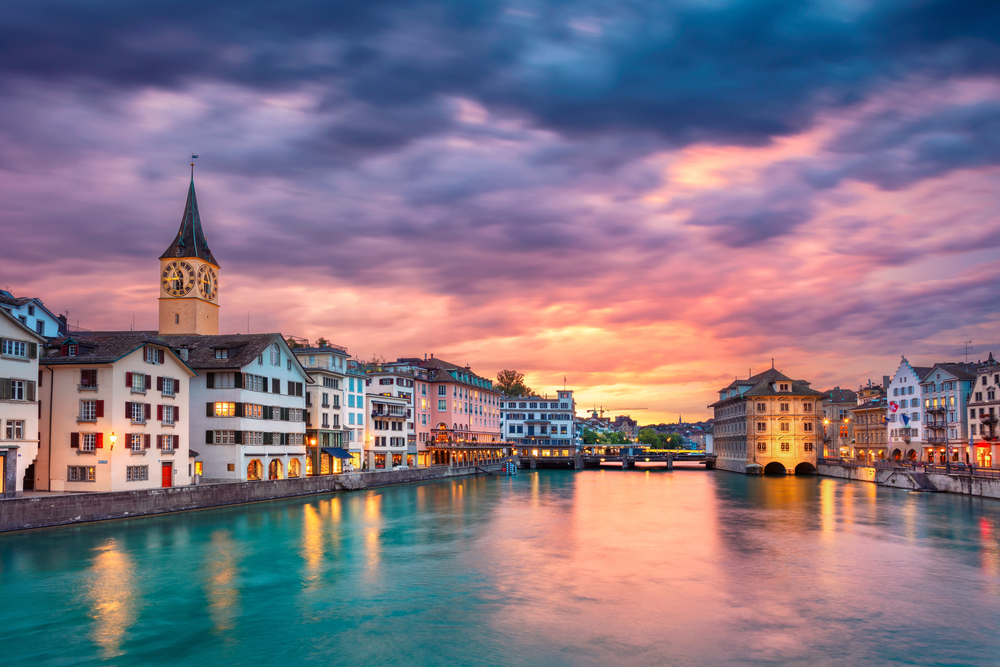
These layered cities remind us that urban history isn’t just about spreading outward but also building upward and downward through time. Each underground level tells stories of survival, adaptation, and renewal as communities face disasters, growth, and change. Modern cities continue this tradition of building upon their past, creating new layers for future generations to discover.
The ability to explore these underground worlds offers unique insights into urban evolution. From ancient shops still bearing price lists to medieval streets preserved beneath modern buildings, these layers help us understand how cities transform while keeping traces of their past alive. They stand as testimony to humanity’s remarkable ability to rebuild and reinvent urban spaces while preserving fragments of earlier times.
More from Travel Pug

- 15 Dangerous European Cities to Avoid
- 15 Caribbean Islands Where Tourists Keep Getting Scammed
- The 20 Most Fascinating Abandoned Places: A Journey Through Time and Forgotten Spaces
- 15 Hidden Places in the Smithsonian Museums Locals Love: A Guide to Lesser-Known Treasures
- 16 Hidden Florida Beach Towns That Aren’t Overrun with Tourists
Like Travel Pug’s content? Follow us on MSN.
